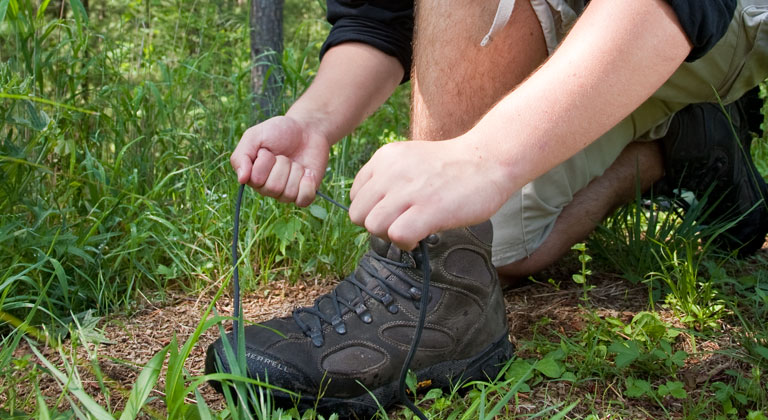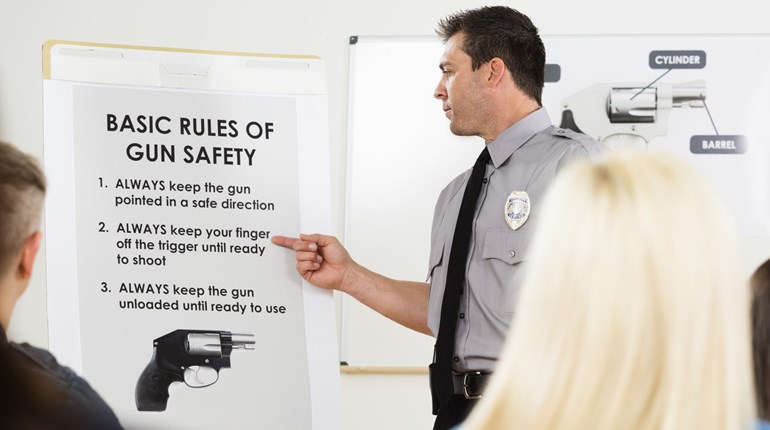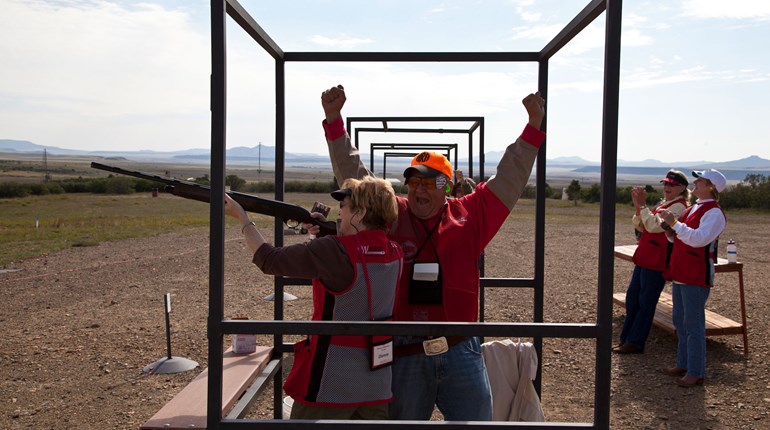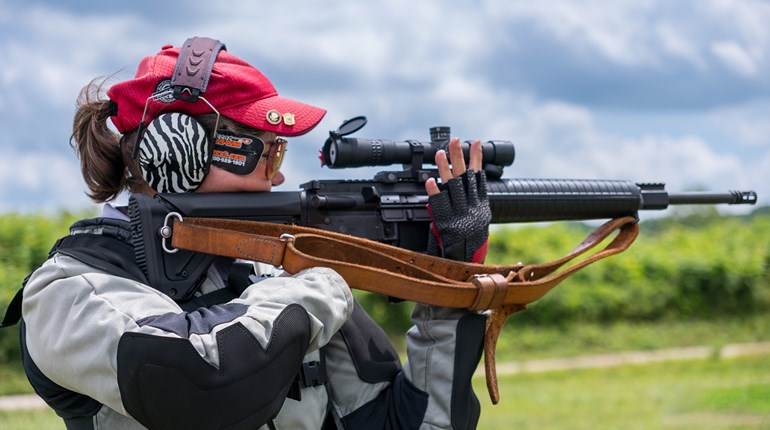
The snow is finally starting to melt, and you know what that means...hiking season! It will no doubt be a great relief to get outdoors and relieve some of that cabin fever, but before you head out, it's important make sure everyone in your family has the gear they need. Kids and their rapidly growing feet in particular might be in need of new hiking boots. Keeping these five hints in mind will help to ensure that you get the right boots for your needs—and avoid those nasty blisters that can ruin everyone's good time.
1. The kind of hiking boot you’ll need will depend on the terrain you’ll be hiking. If you’ll be mostly on smooth, well-maintained trails, you can get away with a low, sneaker-style hiking boot. If you’ll be on more challenging terrain, you will probably want something that comes up higher on your leg, supporting your ankles. It’s a bit of a tradeoff: The higher and heavier the boot, the more ankle support and protection against injury you’ll get—but you’ll also have more weight, which tires you out faster.
2. Another important factor is the sole of your boot. When you flip hiking shoes over, you’ll see that some of them have a deep tread pattern with lots of open space in them. These are shoes that are best for mud and other slippery terrain. Other hiking shoes have only a little bit of open space between the treads. These are better for rock.
3. The most important thing is that you go and try on hiking boots in person before you buy them. You might be thinking, “Why should I do that? I know what size shoe I wear!” Here’s why: Hiking boots are manufactured using a template called a “last.” The last determines the shape of the boot—where it’s broad, where it’s narrow, and so on. And each manufacturer uses a different last. Some will be perfect for you, others won’t be…and unless you’re very familiar with the brand, you won’t know until you try the shoe on.
4. To get the best results, go shoe shopping late in the day after you’ve been walking around, so your feet will be about as swollen as they might get from tromping down a trail all day. Wear socks similar to what you’ll have on the hike, too. Have a salesperson help you, and tell them if you intend to carry a significant amount of weight in your pack, as this can affect your shoe size. In fact, don’t be surprised if you find that your proper boot size is one to one-and-a-half sizes more than your regular street shoe size.
5. Whatever you do once you bring your boots home, do not stick them in your closet right away. Even shoes that fit like a dream need to be broken in. Wear your shoes around the house, do chores in them and go for walks with them on.
What's your go-to boot? Tell us in the comments!







































